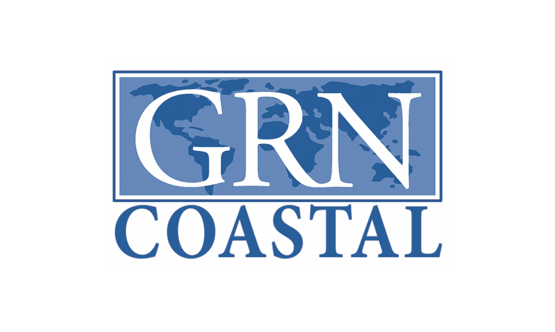Definitions:
Product management is an organizational lifecycle function within a company dealing with the planning, forecasting, and production or marketing of a product or products at all stages of the product lifecycle.
Quality control is a system of maintaining standards in manufactured products by testing a sample of the output against the specification.
Operations management refers to the administration of business practices to create the highest level of efficiency possible within an organization. Operations management is concerned with converting materials and labor into goods and services as efficiently as possible to maximize the profit of an organization.
Automation is the use of largely automatic equipment in a system of manufacturing or other production process.
MRO (maintenance, repair and operations; or maintenance, repair and overhaul) involves fixing any sort of mechanical, plumbing or electrical device should it become out of order or broken (known as repair, unscheduled, or casualty maintenance).
Lighting designers are often specialists who must understand the physics of light production and distribution, and the physiology and psychology of light perception by humans. Architectural lighting design is generally concerned with the permanent illumination of a structure.
PLC (programmable logic controller), or programmable controller, is a digital computer used for automation of typically industrial electromechanical processes, such as control of machinery on factory assembly lines, amusement rides, or light fixtures. PLCs are used in many industries and machines. PLCs are designed for multiple analogue and digital inputs and output arrangements, extended temperature ranges, immunity to electrical noise, and resistance to vibration and impact. Programs to control machine operation are typically stored in battery-backed-up or non-volatile memory. A PLC is an example of a “hard” real-time system since output results must be produced in response to input conditions within a limited time, otherwise unintended operation will result.
Drives operate and control the direction and speed of a motor.
HMI (Human Machine Interface) is a software and hardware application that presents information to an operator or user about the state of a process, and to accept and implement the operators control instructions. Typically information is displayed in a graphic format (Graphical User Interface or GUI).
Motion control is a sub-field of automation, in which the position or velocity of machines are controlled using some type of device such as a hydraulic pump, linear actuator, or electric motor, generally a servo.
Industrial marketing (or business-to-business marketing) is the marketing of goods and services by one business to another. Industrial goods are those an industry uses to produce an end product from one or more raw materials.
Hydronics is the use of a liquid heat-transfer medium in heating and cooling systems. The working fluid is typically water, glycol, or mineral oil. Some of the oldest and most common examples are steam and hot-water radiators.


